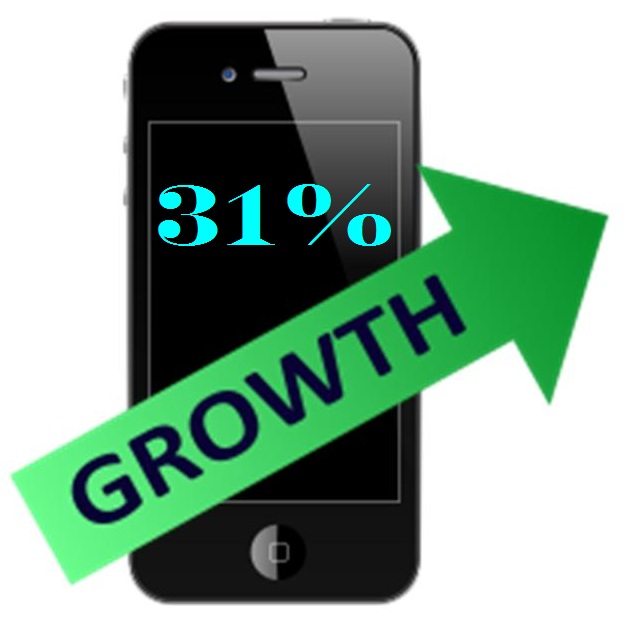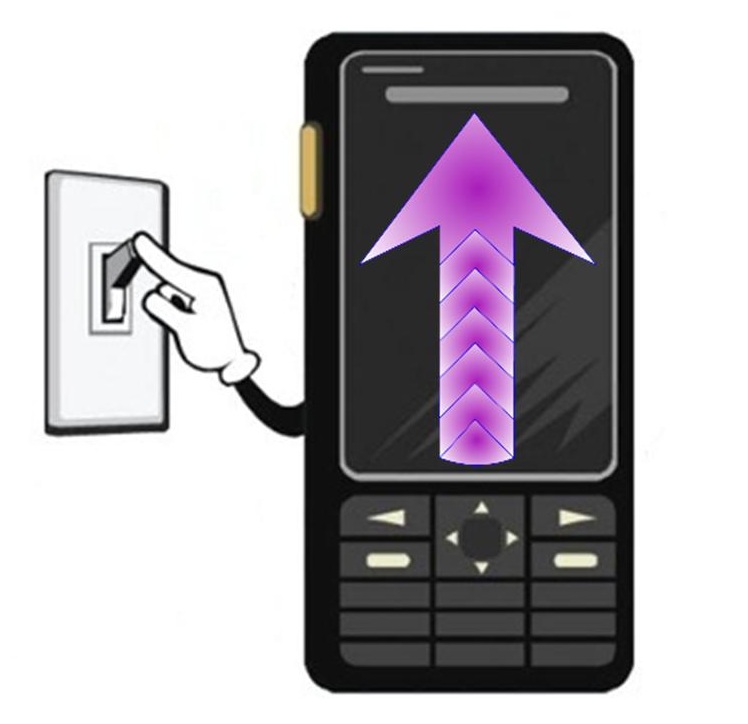 When compared to a year ago at the same time, mobile shopping increased by nearly a third in the first quarter.
When compared to a year ago at the same time, mobile shopping increased by nearly a third in the first quarter.
According to the latest IBM Online Retail Index research data, m-commerce has experienced a growth by nearly a third (31 percent) in the first quarter of 2013, when compared to its size at the same time in 2012.
The report pointed out that the growing use of tablets and customer service improvements were primary drivers.
The index states that at the moment, m-commerce is making up 17.4 percent of all online retail sales. This is a notable increase over where it was a year prior, at 13.3 percent. On the whole, spending online, in general, had increased by 20 percent within that same quarter. The index found that tablets are playing an ever increasing role as a driver of shopping over mobile.
They said that m-commerce has become more comfortable as people use iPads and other tablets.
The overall m-commerce traffic, including all devices, rose by 40 percent in the first quarter of 2013. However, among tablets, specifically, there was an increase of almost 80 percent when compared to the same time last year.
The report pointed out that “This trend reflects marketers’ ability to create a positive customer experience for consumers shopping on their iPads and Kindles, by designing for the finger and making it easier for customers to browse via their mobile devices.” The results presented in this report align quite closely with other similar research that is also pointing to tablets in their growing importance for m-commerce.
Earlier in 2013, there was a forecast issued by eMarketer which stated that transactions over tablets made up 57 percent of the almost $25 billion that occurred over m-commerce in 2012. Based on that, they expected the figure to rise to reach 62.5 percent in 2013. This is also interesting as the penetration of tablets is at less than half of that of smartphones. Tablets are currently owned by approximately 20 percent of people in the United States, whereas it is believed that more than 50 percent are already the owners of smartphones.

 The most recent statistics are showing that the devices are more common than toilets around the world.
The most recent statistics are showing that the devices are more common than toilets around the world.